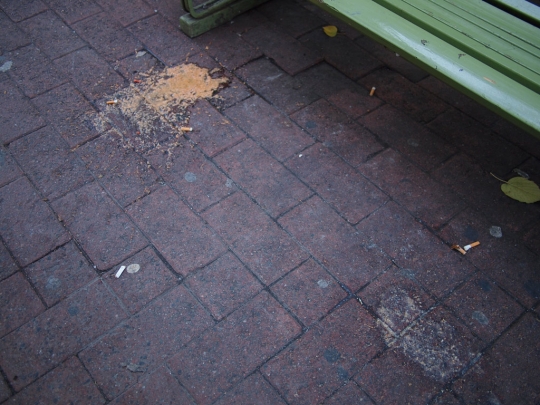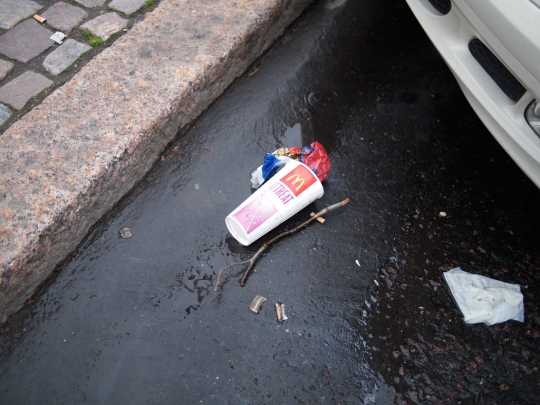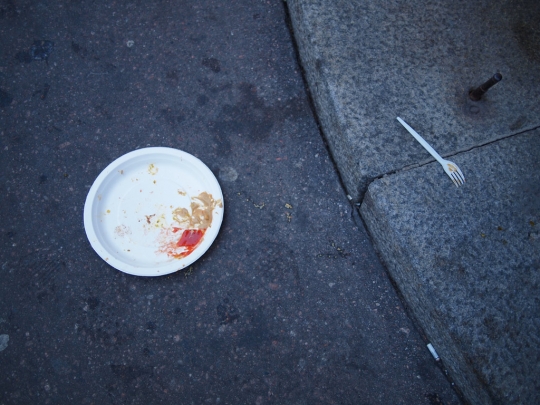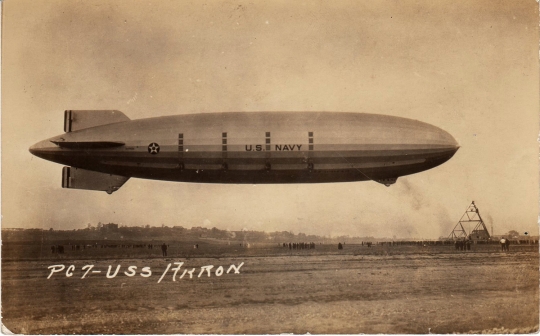A mixed bag of links, reports and observations this week.
Although it's just been found to be in fine fettle in terms of its core missions (link; Finnish) Sitra is looking at its new strategy for the next few years. We're all getting heavily involved in that process—as the Strategic Design Unit, we sit in Sitra's internal strategy function, headed by Paula Laine.
We're also heavily involved in reviewing the design documentation for one of our core projects, Low2No. Justin is stewarding that complex process through, which is not easy given the complexity of the project and the number of stakeholders involved. Note also Justin's writing about some early indications of potential systemic change emanating from Low2No, in terms of other timber construction projects beginning to spring up in Finland.
Bryan was in Romania for a seminar and workshop - he'll post separately about that in a day or so. Marco has been buzzing around the city, meeting potential partners across various projects. Some exciting developments there, potentially around the aforementioned and still mysterious Exchange project.
I've been working more on the Street Food briefing—including spending an early Saturday morning tramping around Helsinki's streets filming somewhat disgusting discarded detritus from Friday's night's various grilli nightclub collisions. More to follow on that. The footage should balance my recent ode to Helsinki, that's for sure.
Earlier in the week, Bryan and I had a great meeting with Steve Lawrence, Executive Officer of the Australian Social Innovation Exchange (ASIX) who was passing through town. Despite our different backgrounds, we had lots of shared vocabulary, interests and approaches, which was very heartening. Steve had also carefully read In Studio, and had a series of dauntingly perceptive questions for is. It made for a rewarding lunch; thanks to Steve for popping by. Which reminds me, if you're ever in our neck of the woods, do get in touch - we're always interested in people doing similar work.
Finnish education made headlines in the US last week, some of it here in the Washington Post and some of it here on CNN.
It's a real success story for the country (not least for this dad with two children in the Finnish system!) but one which was also the focus of one our studios last year. Bryan and I in particular are spending a fair amount of time discussing the so-called 'Nordic Model' (see Mary Hilson's book, which I'm reading) and how these broad 'spirit level' systems (see also healthcare, and many other aspects of Finnish daily life) can continue to develop and progress, drawing in external sparks of innovation and accessing new funding models without losing their incredible ability to provide high quality service provision right across the population.
On a personal note, my wife and I had a parent-teacher meeting at our kids' päiväkoti (daycare) recently, which was a) as close to group therapy as I'm ever likely to get (in a good way), and b) utterly instructive and encouraging about the teachers' careful, considered but ultimately warmly human-centred interest in kids exploring their emotional range, their natural environment, their physicality, their social ecosystems, and so on, with barely a direct mention of literacy and numeracy. That comes later, as the PISA results indicate.
Switching gears, it's been extraordinarily thought-provoking to see the Occupy protests spread around the world this week. One of our core concerns is the apparently increasing lack of faith in governments' ability to deliver solutions to today's complex problems (and this despite Silvio gettting a vote of confidence).
That's partly what seems to be playing out here in the Occupy movement, but was also present in the riots in the UK earlier this year, in various aspects of the Arab Spring, and in protests on the streets of Athens, as ell as in numerous other less visible arena. We're interested in understanding the various cultures of decision-making at play at the moment, and in recent history, and in deploying projects which begin to explore various alternative trajectories for governance, at all levels. Anyone interested in this work, or with something to say, please drop us a line.
In terms of toolkits rather than attitudes, visualisation is another of our core interests, so it was also interesting to read another article in The Guardian (NB: other news sources are available), concerning the quality and range of data visualisation on offer, in the light of recent critiques. Personally, I'd agree that many examples of information and/or data visualisation are indeed the mullets of the internet. Yet a good visualisation can engage, focus and stimulate dialogue like few other media. Embedded in that Guardian article, check the (WWF-style-not-really) face-off between David McCandless and the legendary Neville Brody.
As Bryan mentioned last week, our work featured in The Guardian. It's been interesting to observe the reaction to that—largely positive, for which thanks—and how it grew and diversified over the week. One aspect of that discussion within the design discipline concerned picking apart the difference between strategic design, design thinking and service design. To me, these are all quite clearly different aspects of design, albeit with occasional overlaps. To other people? Not so much!
As it happens, I'm writing something that will try to pick that apart a little, at least at an initial level. I'm pottering away at this in the mornings before work (whatever "before work" means), usually at the excellent Gran Delicato café. The text should be out later in the year, all being well. Will keep you posted.
In terms of other ripples from the article, see also this Spanish translation of the piece. We're thinking of making 'La crisis es el momento de que entre en juego el diseño' t-shirts accordingly.
And finally, some links.
A favourite landmark here in Helsinki is the Hotel Torni, a sort of mini-me Empire State from 1928, which is crowned by a fabulous viewing deck. Legend has it that this was designed for mooring airships to, such that airborne visitors from Paris or Berlin, say, could elegantly descend from the airship (somehow?) directly to the bar for a civilised long drink during the white nights. This image is rarely from our minds, for I hope obvious reasons, along with the notion that surely it's time for the return of dirigibles to our skies as passenger aircraft. As a result we found ourself gazing longingly at these wonderful vintage images of the USS Akron and Macon. Unlike the airships intended for Hotel Torni's mast, Akron and Macon were airborne aircraft carriers, from which aeroplanes would enter and exit through a 'plane-shaped opening in the ship's skin (reminiscent of Wile E. Coyote-shaped holes in various other objects). This, they would do via a trapeze. Yes really.
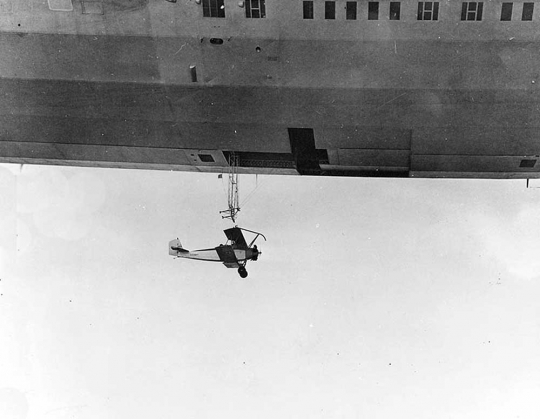
Training plane on USS Akron trapeze
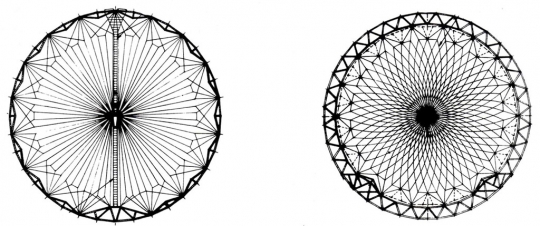
Main ring design: Hindenburg vs. USS Akron
And I cannot get this data-point out of my head: apparently, during the recent Blackberry outage, traffic accidents in Abu Dhabi dropped by 40%. Oh humanity! A distressing, almost visceral illustration of the interconnectedness of systems across boundaries.
Humanity is partially redeemed by this exploration of abstraction by Bret Victor, however, which has beguiled a few of us all week.
Finally, if you've ever wondered how we open doors here in Finland, it's like this. Or at least it was in 1979. (Press the CC button at the bottom of the video for subtitles, if your Finnish isn't up to scratch.) Do not be a bad door opener.

